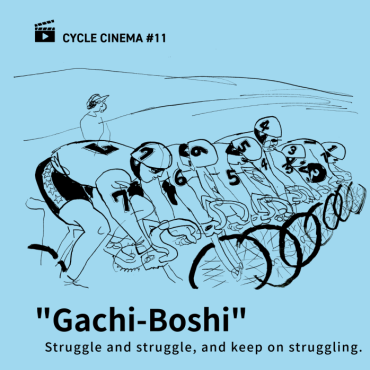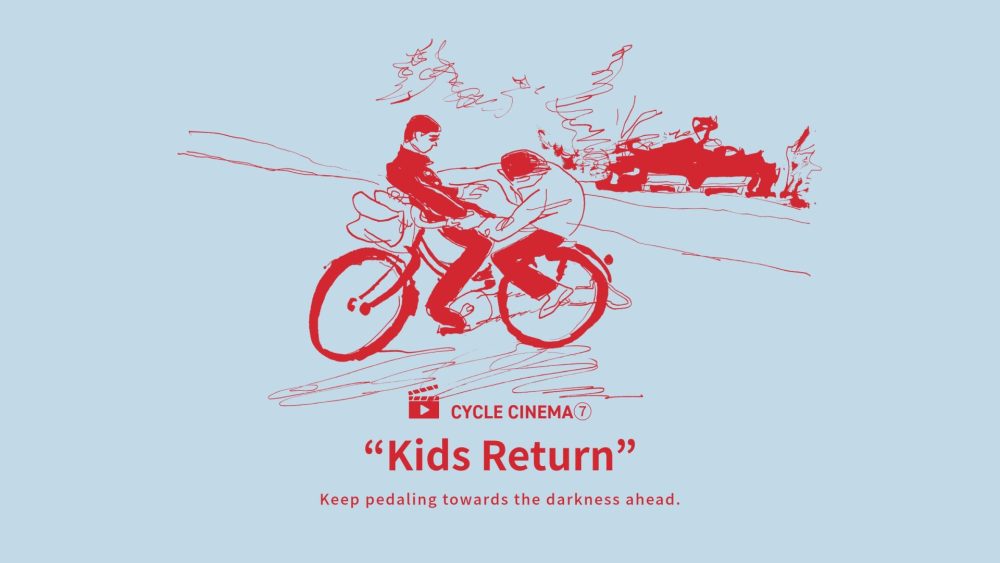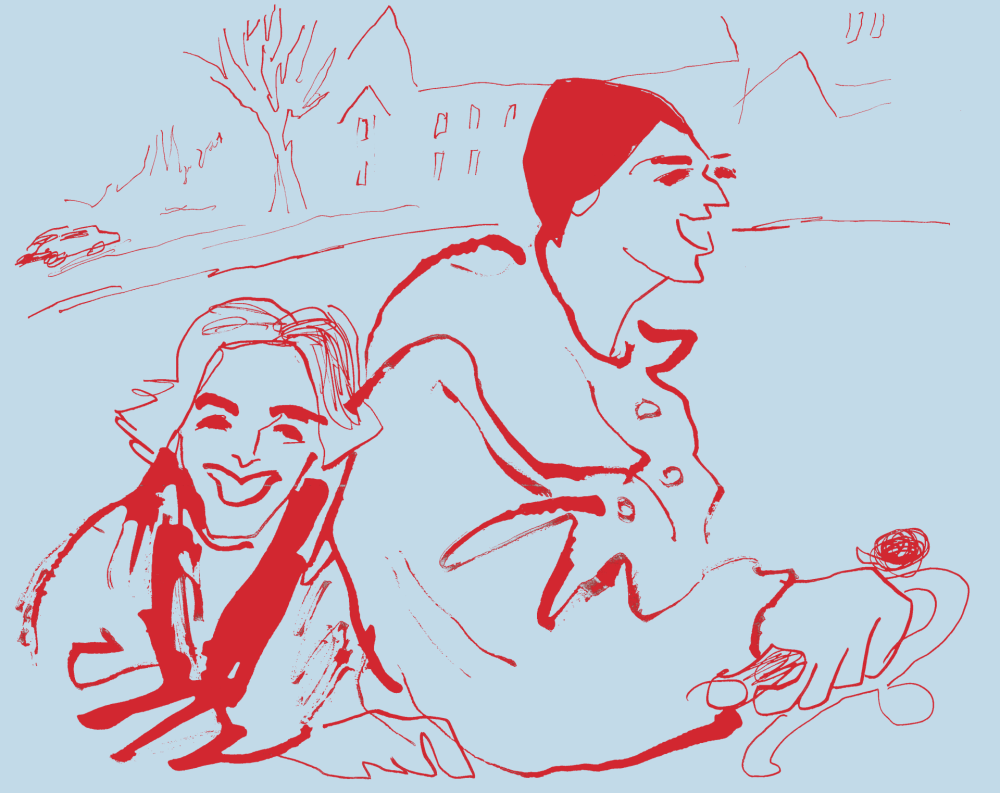
“Gachi-Boshi”
Struggle and struggle, and keep on struggling.

Director Takeshi Kitano’s works are often associated with yakuza films, perhaps due to the influence of movies like “Violent Cop” and “OUTRAGE.” However, looking at his lineup, it’s evident that he has produced a variety of styles, including “A Scene at the Sea,” “Kikujiro no Natsu,” and “Zatoichi,” amidst his violent works. Director Takeshi Kitano, along with comedian Beat Takeshi, is capable of portraying both tranquility and dynamism, representing two extremes. Among his diverse range of works, “Kids Return” (1996), which focuses on boxing, stands out as a unique piece. Depending on the viewer, generation, and background, the interpretation of the main themes, such as sports films, youth dramas, comedies, tragedies, and yakuza films, can vary significantly.
The story is simple. Two delinquent high school students, Masaru (played by Kaneko Ken) and Shinji (played by Andou Masanobu), who lead aimless lives, discover boxing. Masaru, confident in his physical strength, starts first, followed by Shinji. However, it’s Shinji who is discovered to have talent for boxing. Despite spending time together, they begin to walk different paths—one as a boxer and the other as a yakuza. And thus, each embarks on a path toward destruction.
Throughout the play, bicycles play an important role and frequently appear. The two high school students primarily use bicycles as their means of transportation. Every morning, Shinji goes to Masaru’s house and rings the bicycle bell, and then they ride together to school. With no purpose in mind, they aimlessly ride around the schoolyard on their bicycles. Scenes featuring bicycles coincide with the enjoyable times of the two. During their high school days filled with mischief and fights, and during their boxing-focused period, they ride bicycles. As they stop riding bicycles, they begin to decline. After losing everything and fatefully reuniting, they ride bicycles together again, just like in their youth. At that moment, they exchange conversation while riding bicycles.
“Are we done for?”
“You idiot, it hasn’t even started yet.”
It’s not a clear-cut resolution. It’s not a happy ending either. However, in these words, in the sight of riding bicycles, there is redemption. A smooth life isn’t interesting at all. It’s through struggles and hardships that life gains meaning. Like a bicycle that falls if you stop pedaling, but you can always start pedaling again even if you fall. Through the conversation, it seemed like director Takeshi Kitano was saying just that. Keep pedaling.

🎬CYCLE CINEMA STORAGE🎬
#01 “The Bicycle Thief”
#02 “Project A”
#03 “Shoot for tomorrow!”(origin title “Butch Cassidy and the Sundance Kid”)
#04 “The Kid With a Bike (Le gamin au vélo)”
#05 “Izakaya Choji”
#06 “Cinema Paradiso”
#07 “Kids Return”
#08 “PERFECT DAYS”
#09 “Kramer vs. Kramer”
#10 “E.T.”
#11 “Gachi-Boshi”
#12 “Yesterday”
#13 “Wadjda”
#14 “The Zone of Interest”
#15 “Anselm”
#16 “Otoko wa Turai yo”
Text_Hideki Inoue
I am from Amagasaki City, Hyogo Prefecture, Japan. I work as a writer and editor. My hobbies include hot baths, skiing, and fishing. Although I have no personal connection, I am independently conducting research on Shiga Prefecture. I prefer an active fishing style called “RUN & GUN,” which involves moving around actively instead of staying in one place. I am planning to purchase a car to transport my bicycle to adopt this style, which might seem a bit counterproductive.
Illusutration_Michiharu Saotome
Post Date:2024.02.02